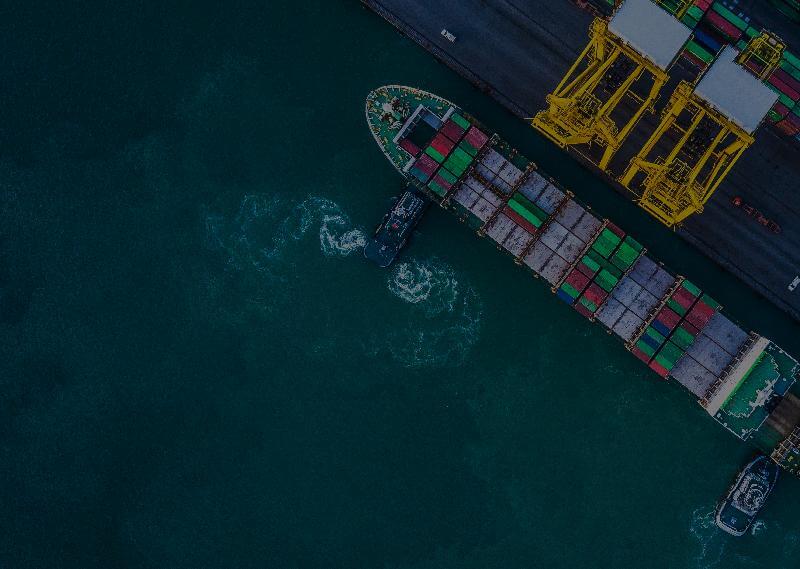Fourteen leading global financial institutions have launched the Trade Finance Distribution (TFD) initiative to use technology and standardisation for the wider distribution of trade finance assets.

Christoph Gugelman
CEO, Tradeteq

André Casterman
Chair, ITFA Fintech Committee
Non-Executive Director, Tradeteq
The TFD Initiative
The low risk profile of trade finance as an asset class is widely acknowledged, but it remains one of the largest financial markets yet to be tapped by institutional investors. Infrastructure technology, credit and risk management processes, and reporting are critical to lowering barriers to entry and improving transparency.
TFD Initiative is powered by Tradeteq, the global trade finance distribution platform. Tradeteq’s technology allows banks and institutional investors to efficiently connect, interact, and transact. The International Chamber of Commerce (ICC) United Kingdom and the International Trade and Forfaiting Association (ITFA), the leading international association for banks and financial institutions involved in cross-border trade and forfaiting, have each joined TFD Initiative as an observer.

The Market Need
The global trade finance industry is worth more than US$25 trillion and is a vital piece of international business and commerce. A network of institutions, including banks, financiers, and technology providers, supports importers and exporters as they conduct their trade activities and reduces the risks involved in cross-border transactions.
The traditional trade finance process, using instruments like letters of credit to provide a corporate safety net, has largely remained unchanged for decades, if not centuries. Over the past few years, however, this has come at an increasing cost to banks’ balance sheets. Regulations such as Basel III are placing pressure on banks to reduce their capital requirements, casing leading institutions to explore new ways to reduce or share the risks involved.
This offers a unique opportunity to institutional investors seeking stable, long-term yields. The low risk profile of trade finance as an asset class is widely acknowledged and presents a compelling multi-trillion-dollar investment opportunity. It is based on tangible flows of goods and services, making it less susceptible to bouts of volatility observed in other financial markets. Furthermore, default rates for trade finance products are lower, and time to recover in case of default is much shorter than for other products and asset classes.
However, trade finance has not been tapped by institutional investors. It lacks the infrastructure and global network of buyers and sellers that enable any market to grow and thrive. Furthermore, there are significant variances in relation to transparency, credit, risk management, and reporting across the industry. This makes the trading process cumbersome and slow.
By bringing the industry together to collaborate, the TFD Initiative will help trade financiers and institutional investors speak the same language and create the infrastructure required to make trade finance distribution more accessible and appealing as an asset class.
“Distribution of trade risk was once simple but, with the introduction of more stringent regulatory requirements and capital rules, has become more difficult to achieve efficiently. Technology offers the greatest opportunity to overcome these challenges and also brings in a potential new source of liquidity in the shape of new non-bank investors.” – Sean Edwards, Chair of ITFA, Head of Legal and Special Adviser to the Global Trade Finance Department at SMBC EuropeITFA’s involvement in this initiative re-enforces its position as the trade market association embracing community-wide fintech innovations.























